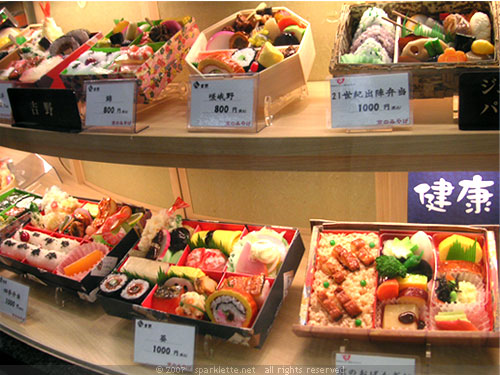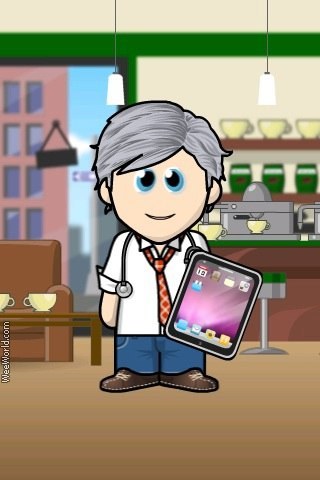Jan 26 2012
Charlie Teo on Australia Day – Be tolerantNeurosurgeon Charlie Teo gave the 2012 Australia Day address.
He called for tolerance, asked us to be less angry over unimportant things, and to foster innovation.
“My view of an Aussie was someone who was hard working, unaffected, genuine, affable, relaxed, egalitarian, irreverent and charitable. I still believe most Aussies share these appealing qualities, although I am saddened by the increasing incidents of rage in our society. Once there was only road rage but now it seems to have spread into the workplace, the malls and even the last bastion of the laid-back, free spirited Aussie, the surf! I don’t wish to trivialise the adversities of everyday life, but when a mother has just lost her son to brain cancer, or a husband his wife, or a daughter her father, and I see this 7 days a week, 365 days of the year, it makes the driver who overtakes on the left or the surfer who cuts in on your wave, seem so inconsequential. I am sure, if you are one of those angry people, if you could spend a day in my shoes, you would rapidly attain a more realistic perspective that the most important determinant of happiness is our health and the health of our loved ones.”
“Australia is a great country. Generations of Aussies have given us the foundations onto which we may construct an even greater nation – one that is culturally and socially sensitive; acknowledges a responsibility to our own people as well as neighbours who are less fortunate; and identifies, nurtures and rewards innovation. I would like to see this Australia Day as a turning point. I want my fellow Australians to think of the lives that have been sacrificed for what we take for granted. I want everyone who finds themselves angry and intolerant to think first about the misfortunes of those who are less fortunate, such as those with cancer. I want anyone who has come from another country to embrace the Australian way of life. I want all Australians to see how immigrants have contributed to our nation and to appreciate that a prosperous country has a responsibility to share our resources. Finally, I want to thank Australians for giving me professional and personal fulfilment, for believing in me when some of my colleagues didn’t, and for seeing a Chinaman as an Aussie, not as a foreigner.”
His full speech is transcribed here.
http://www.smh.com.au/opinion/australia-day-2012-address-full-speech-20120123…
Everything else you need to know about Australia Day is at WILT last year
http://whatilearnttoday.com.au/happy-australia-day













 RSS - Posts
RSS - Posts

